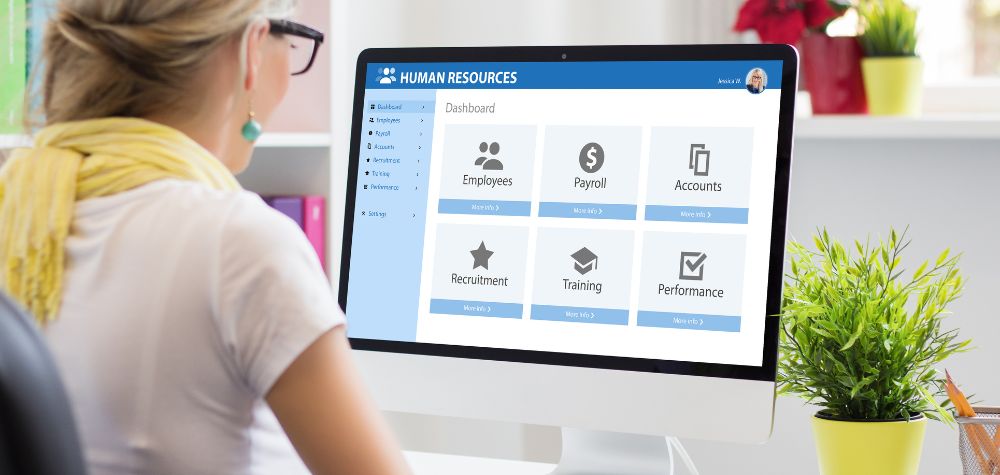
Have you ever wondered what happens to superannuation when someone claims bankruptcy?
Bankruptcy is a legal process that can be commenced when you are declared unable to pay your debts. It is a process that can release you from most debts, provide relief and allow you to make a fresh start.
However, bankruptcy is not a process to enter into lightly.
There are two ways to enter into bankruptcy. These are:
- Voluntary Bankruptcy: The Australian Financial Security Authority appoints a trustee when you become bankrupt. This trustee is a person or body who manages your bankruptcy.
- Sequestration Order: Where you nominate yourself for bankruptcy by submitting a Bankruptcy Form.
When you become bankrupt, the Australian Financial Security Authority appoints a trustee. This trustee is a person or body who manages your bankruptcy.
The trustee can take any cash or money you have in a bank account at the date of bankruptcy but should leave you with enough for modest living expenses.
During your bankruptcy, you can keep the income that you save. However, you may have to make compulsory payments if your after-tax income exceeds a set amount. This amount changes with how many dependants you have.
When you are bankrupt:
- You must provide your trustee with details of your debts, income and assets.
- Your trustee notifies your creditors that you’re bankrupt, preventing most creditors from contacting you about your debt.
- Your trustee can sell certain assets to help pay your debts.
- You may need to make compulsory payments if your income exceeds a set amount.
What Happens To Superannuation?
When someone goes bankrupt, their bankruptcy trustee can recover or sell any assets considered divisible property.
The Bankruptcy Act sets out what is and what isn’t divisible property.
A bankrupt’s superannuation is generally not considered divisible property and is not available to a bankruptcy trustee.
However, it depends on when and how you receive your super. Your trustee must be notified if you receive superannuation before or after your bankruptcy begins.
If Received Before Bankruptcy
- Super payments received before bankruptcy are claimable by your trustee
- Any asset purchased with those funds (such as a house) can be claimed by the trustee
For example, if you have taken funds out of your superannuation fund before bankruptcy and you still hold them in your bank account at the time of bankruptcy, the funds will be considered divisible property and you will have to pay any funds still held to your trustee.
This includes both funds taken out as a lump sum and as a pension.
If Received During Or After Bankruptcy
Super payments that are during or after bankruptcy:
- are not claimable by your trustee if it is a lump sum payment
- your trustee cannot claim assets you purchase with those funds, e.g. car.
An exception is where your super isn’t in a regulated fund, approved deposit fund or an exempt public sector scheme. Your trustee can claim super not held in these types of funds.
Received As Income
During bankruptcy, the super you receive as an income stream (e.g. a pension) forms part of your assessable income. You may need to make compulsory payments if your income exceeds a set amount.
Self-Managed Super Funds
Someone bankrupt cannot be a trustee of a self-managed super fund. If you have a self-managed fund, you must advise your trustee. You must cease acting in this position and notify the ATO within 28 days. See the ATO website for more information about removing yourself as a trustee.
Are you facing bankruptcy and concerned about risks to your superannuation fund? Speak with a licensed professional today.










